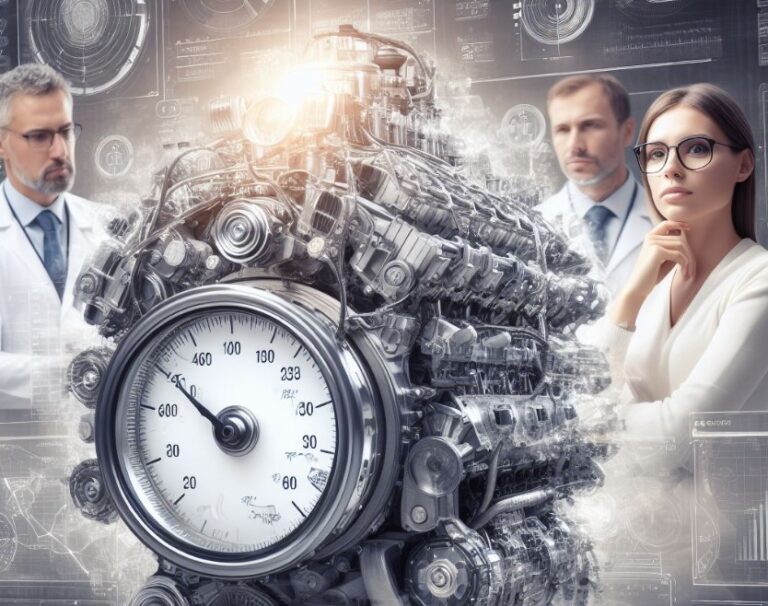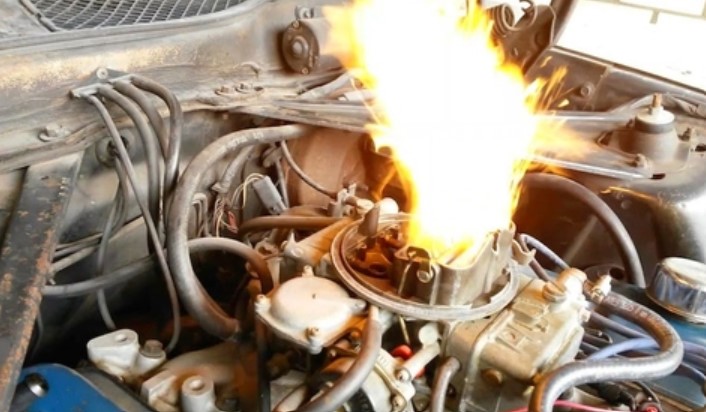Can A Front End Collision Cause Engine Damage? Answered
Front-end collisions are among the most common types of car accidents. They can cause significant damage to a vehicle, often raising the question: Can A Front End Collision Cause Engine Damage? Understanding the potential impact on the engine is crucial for car owners, mechanics, and insurance assessors.
Key Takeaways
- Front-end collisions can cause substantial engine damage, particularly in severe impacts.
- The extent of damage varies based on collision intensity, vehicle design, and protective features.
- Engine components susceptible to damage include the radiator, fan, timing belt, and engine block.
- Regular maintenance and proper safety features can mitigate the risk of engine damage in a collision.
Can A Front End Collision Cause Engine Damage?
Yes, a front-end collision can cause engine damage. The extent of the damage depends on the collision’s severity, the vehicle’s design, and its safety features. In high-impact collisions, the engine can suffer significant damage, affecting the vehicle’s performance and safety.
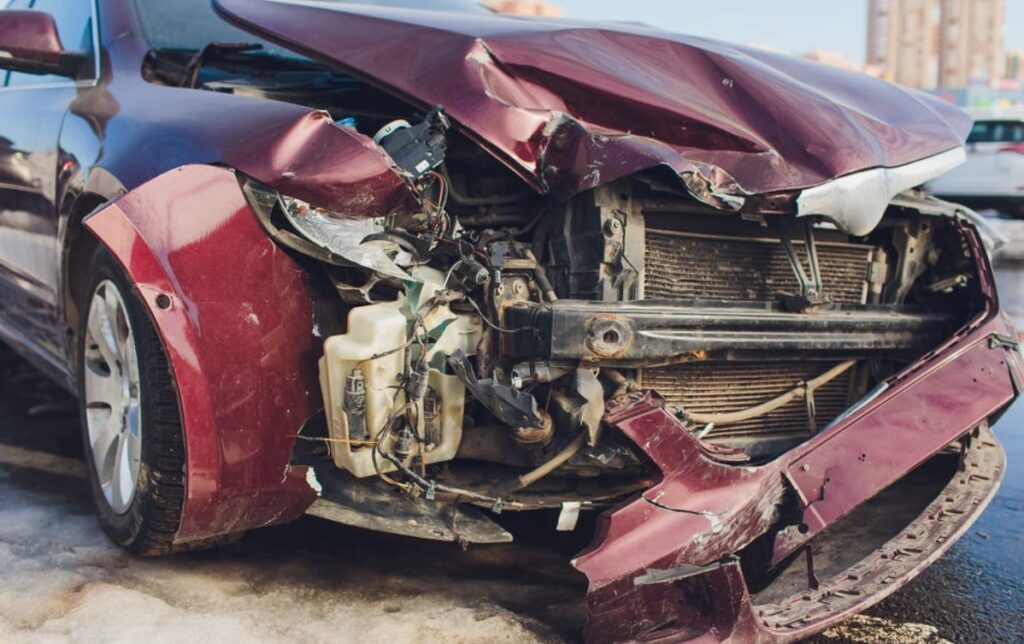
Factors Influencing Engine Damage in Front-End Collisions
- Collision Severity: Higher impact speeds result in more severe damage.
- Vehicle Design: Some cars have better front-end protection, reducing engine damage risk.
- Safety Features: Features like crumple zones can absorb impact, protecting the engine.
Types of Engine Damage from Front-End Collisions
Front-end collisions can lead to various engine problems, from minor issues to complete engine failure.
Mechanical Component Damage
- Radiators can be punctured, leading to coolant leaks.
- The fan and fan belt can be displaced or broken, affecting engine cooling.
- Timing belts or chains can be disrupted, causing engine timing issues.
Structural Component Damage
- Engine mounts can break, leading to misalignment or displacement of the engine.
- The engine block itself may crack under extreme force.
Assessing Engine Damage After a Collision
Post-collision, a thorough inspection by a qualified mechanic is essential to assess engine damage.

Visual Inspection
- Checking for visible signs of damage like leaks, cracks, or displacements.
- Assessing the condition of belts, hoses, and connections.
Diagnostic Tests
- Computerized scans to detect less obvious internal damage.
- Performance tests to assess any decline in engine efficiency or power.
Preventative Measures and Safety Features
Preventative measures and safety features play a significant role in mitigating engine damage.
Vehicle Design and Safety Features
- Modern vehicles are designed with crumple zones and reinforced frames.
- Placement and protection of the engine are considered in vehicle design.
Regular Maintenance
- Routine checks and maintenance can strengthen engine resilience.
- Ensuring all protective components are in good condition reduces damage risk.
Impact on Engine Lifespan and Performance
Engine damage from front-end collisions can significantly affect the lifespan and performance of the engine.
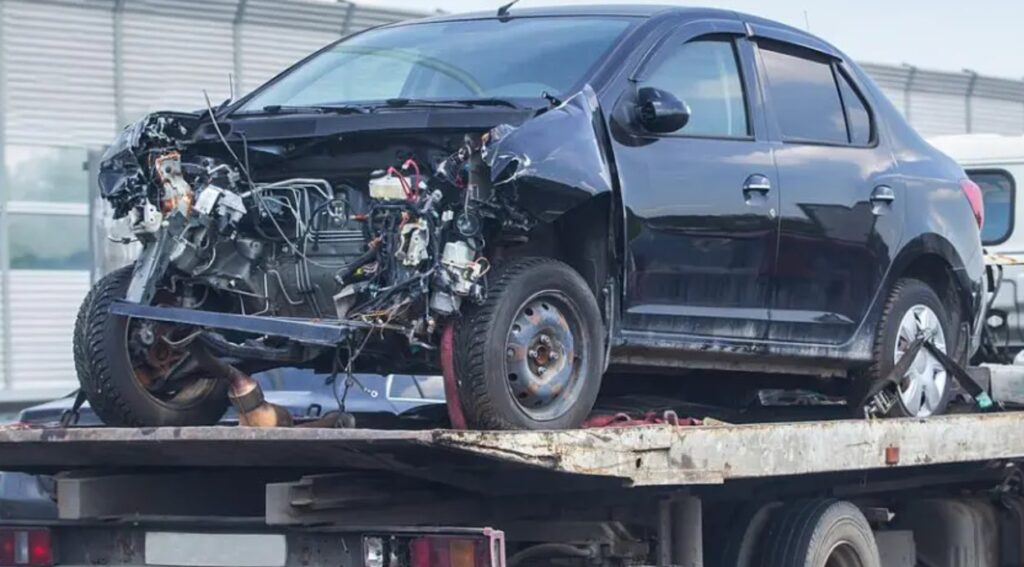
Immediate and Long-Term Effects
- Immediate effects include reduced performance and increased risk of breakdowns.
- Long-term impacts can be a shortened engine lifespan and higher maintenance costs.
Importance of Timely Repairs
- Prompt repairs can prevent further damage and restore engine performance.
- Ignoring minor damages can lead to more significant issues over time.
What Injury Can You Get From A Front End Collision?
Front-end collisions, one of the most common types of vehicular accidents, can result in a variety of injuries. These injuries can range from minor to severe, depending on factors such as speed, seatbelt usage, and airbag deployment.
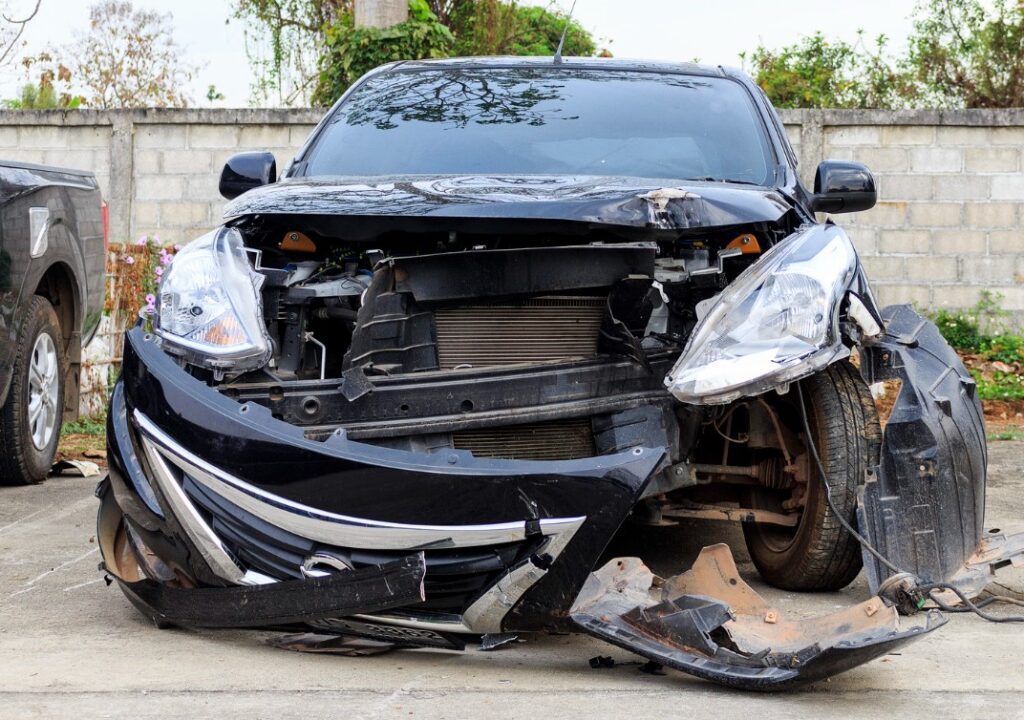
Common Injuries in Front-End Collisions
- Whiplash: Caused by the rapid back-and-forth movement of the neck, it’s one of the most common injuries.
- Head Injuries: Including concussions or more severe traumatic brain injuries.
- Chest Injuries: Ranging from bruises to broken ribs, often due to seatbelt impact.
- Leg and Knee Injuries: Resulting from the force against the dashboard or steering column.
- Airbag Injuries: While airbags save lives, they can cause burns or facial injuries upon deployment.
Factors Affecting Injury Severity
- Speed of Impact: Higher speeds generally result in more severe injuries.
- Position in Vehicle: Drivers may have different injury risks compared to passengers.
- Safety Features: Airbags and seatbelts are crucial in reducing injury severity.
Understanding the potential injuries from a front-end collision is important for safety and health awareness. These insights are informed by automotive safety research and medical studies on collision impacts.
Can A Fender Bender Cause Engine Damage?
While a fender bender is generally considered a minor accident, it can still cause engine damage, though less common than in high-speed collisions.
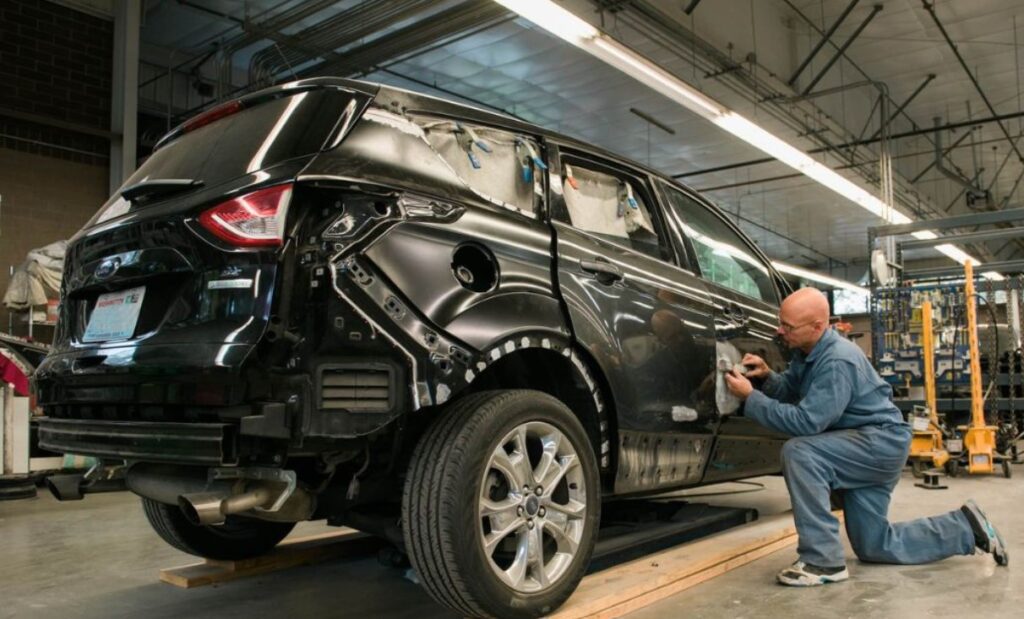
Potential Engine Damage from Fender Benders
- Minor Leaks: A fender bender can cause small punctures or loosen connections, leading to fluid leaks.
- Belt and Hose Damage: Sudden jolts can displace or damage belts and hoses, affecting engine performance.
- Battery Issues: The impact can loosen battery connections or damage the battery itself.
Factors Influencing Damage
- Point of Impact: Direct hits to the front end are more likely to affect the engine.
- Vehicle Model and Age: Older vehicles or those with less protective design may be more susceptible to damage.
Even minor impacts like fender benders can have unseen effects on a vehicle. It’s always wise to get a professional check-up after any collision.
Conclusion
In conclusion, front-end collisions can indeed cause engine damage, with the severity depending on various factors. Understanding the types of damages, assessing them accurately, and taking preventative measures are key to maintaining vehicle safety and performance.
Ensuring timely repairs and regular maintenance can mitigate the impact of such collisions on the engine. Front-end collisions are a significant risk to engines, making awareness and precaution essential.
People Also Ask
Is it safe to drive my car after a minor front-end collision?
It depends on the extent of the damage. If there are no visible damages and the car seems to operate normally, it might be safe for short distances. However, it’s always best to have the car checked by a professional to ensure there are no hidden issues.
Can a front-end collision affect my car’s alignment?
Yes, a front-end collision can affect your car’s alignment, leading to uneven tire wear, steering issues, or the car pulling to one side. It’s important to have the alignment checked and corrected if necessary.
How do airbags work in a front-end collision?
In a front-end collision, sensors in the car detect the sudden deceleration and trigger the airbags to inflate, cushioning the occupants from hitting hard surfaces. They deploy within milliseconds, providing critical protection.
What are the signs that my vehicle’s engine is damaged after a collision?
Signs of engine damage include unusual noises, fluid leaks, smoke from the engine area, check engine light activation or a sudden change in engine performance. Any of these symptoms warrant a professional inspection.
How can I prevent serious injuries in a front-end collision?
To prevent serious injuries, always wear a seatbelt, maintain a safe driving distance, and ensure your car’s safety features (like airbags) are functional. Driving at safe speeds and staying alert can also reduce the risk of severe injuries.

Welcome to the exhilarating world of Matt Rex, a professional car racer turned renowned vehicle enthusiast. Immerse yourself in his captivating blog as he shares heart-pounding adventures, expert reviews, and valuable insights on cars, trucks, jets, and more. Fuel your passion for speed and discover the beauty of vehicles through Matt’s engaging stories and meticulous expertise. Join the ever-growing community of enthusiasts who find inspiration and expert advice in Matt Rex’s blog—a digital hub where the thrill of speed meets the pursuit of knowledge.



![5.9 Cummins FCA Symptoms [Causes + Fixed]](https://www.turbochaos.com/wp-content/uploads/2023/12/5.9-Cummins-FCA-Symptoms-768x511.jpg)


